3-focus change SONY FE 28mm F2
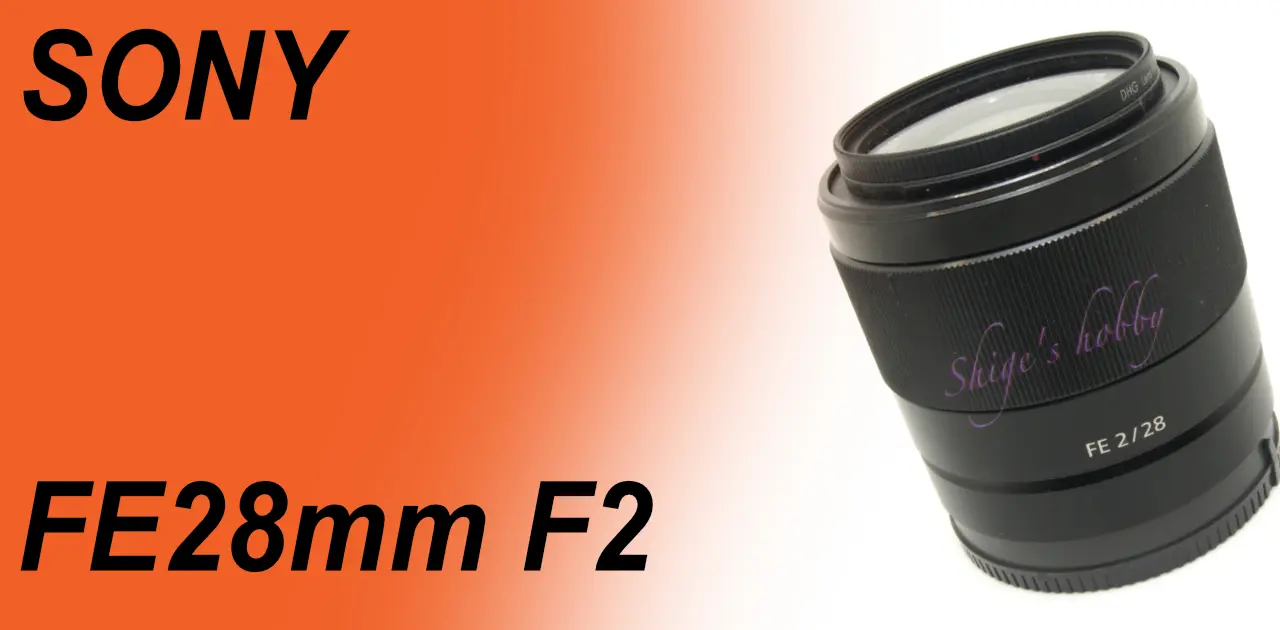
A review and sample photos of the Sony FE 28mm F2 (SEL28F20) lens for 35mm full-frame sensors, with wide-angle lenses x2, used with the Sony α7Sii and α NEX-7.
- Please see the disclaimer regarding advertising here.
- Italicized links in the text are advertisement links that take you to other sites.
Table of contents

Gallery
Review
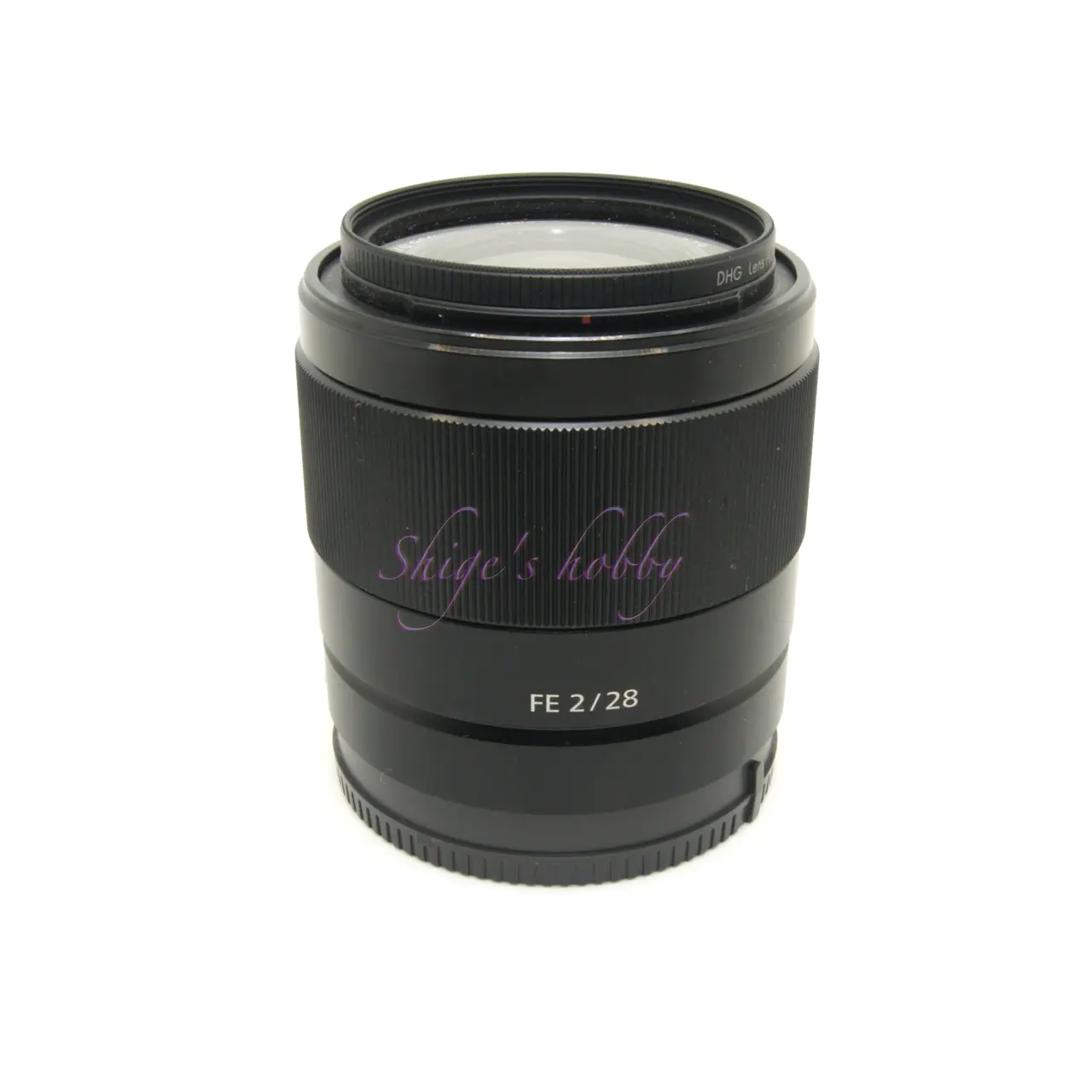
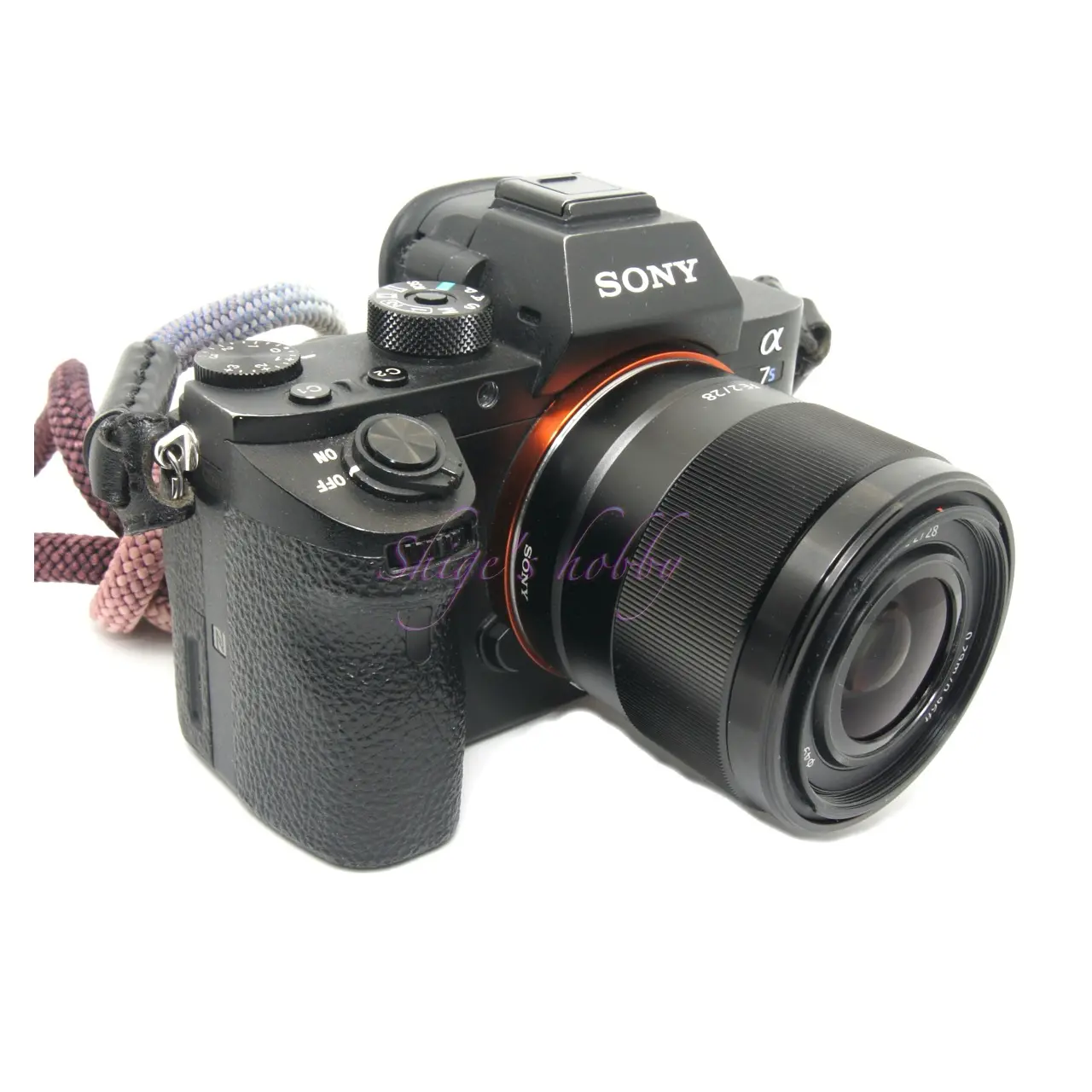
1.Overview
The SONY FE28mm F2 is a large-aperture wide-angle lens that was released on April 17, 2015.
A dedicated wide-angle converter is available as an option for the FE28mm, expanding the shooting range from the base 28mm to 21mm and 16mm fisheye.
The optional converter attaches to the lens using a bayonet system, ensuring a secure attachment and easy removal, although it does require the FE 28mm hood to be attached in reverse and the filter to be removed.
The name of the converter, release date, and list price are as follows:
- The Ultra Wide Converter SEL075UWC converts the focal length to a 21mm wide-angle lens.
- (Released April 17, 2015. ¥38,000 excluding tax)
- The Fisheye Converter SEL057FEC converts the focal length to a 16mm fisheye lens.
- (Released May 22, 2015. ¥45,000 excluding tax)
The lens specifications change when the FE28mm and wide converter are attached as follows:
| 35mm full frame sensor | APS-C size sensor | Maximum aperture | |
| Lens only | 28mm | 42mm | F=2 |
| Ultra Wide Converter SEL075UWC | 21mm | 31.5mm | F=2.8 |
| Fisheye Converter SEL057FEC | 16mm | 24mm | F=3.5 |
2.Usability
When shooting with a 35mm full-frame sensor, the SONY FE 28mm F2’s raw images exhibit slight barrel distortion toward the edges, but JPEG images are corrected for this distortion during image capture. The lens features a modern retrofocus design, resulting in flat images with virtually no noticeable vignetting.
When shooting with the camera’s standard settings, color washout is a bit weak, but since the image is digital, it’s not a major issue as it can be adjusted to your desired effect in post-processing.
The lens’s compact exterior features a metal barrel, likely made of aluminum, that’s light but not flimsy. Because the Sony E-mount uses electronic lens control, the lens’s controls are simple, with only a focus ring and no rangefinder scale. The lens employs internal focusing, so the lens length remains constant regardless of focus position.
A reversible flower-shaped bayonet hood is included, and the 49mm filter diameter allows for standard filters to be used. However, as noted in the overview, when attaching a front converter, the hood must be reversed and the filter removed.
Also, attaching a hood to the lens makes the compact lens considerably larger, and when attaching the converter, the hood needs to be attached in reverse, which causes inconvenience when shooting, so I used it without the hood.
Without the hood, ghosting can occur in scenes with direct sunlight. The lens’s resistance to backlight without the hood is not particularly good.
On an APS-C sensor camera, the focal length is equivalent to 42mm, which is close to that of a standard lens. Since the slight distortion mentioned above is cut out from the periphery, you can obtain images with clearer corners.
Next, when using a 21mm focal length with an ultra-wide converter, RAW images on a camera with a 35mm full-frame sensor will have greater peripheral distortion. Again, the corrected results are saved as JPEG images.
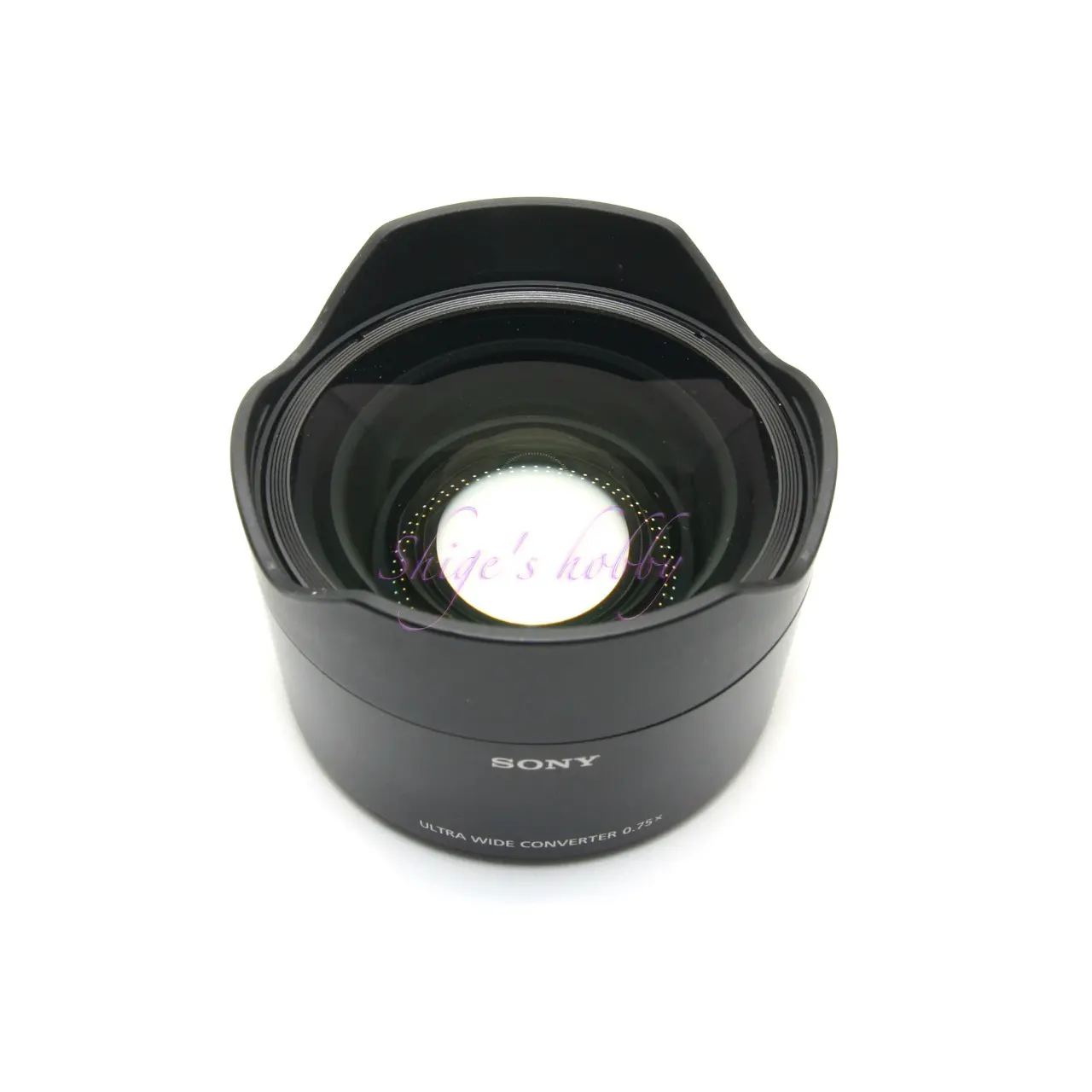
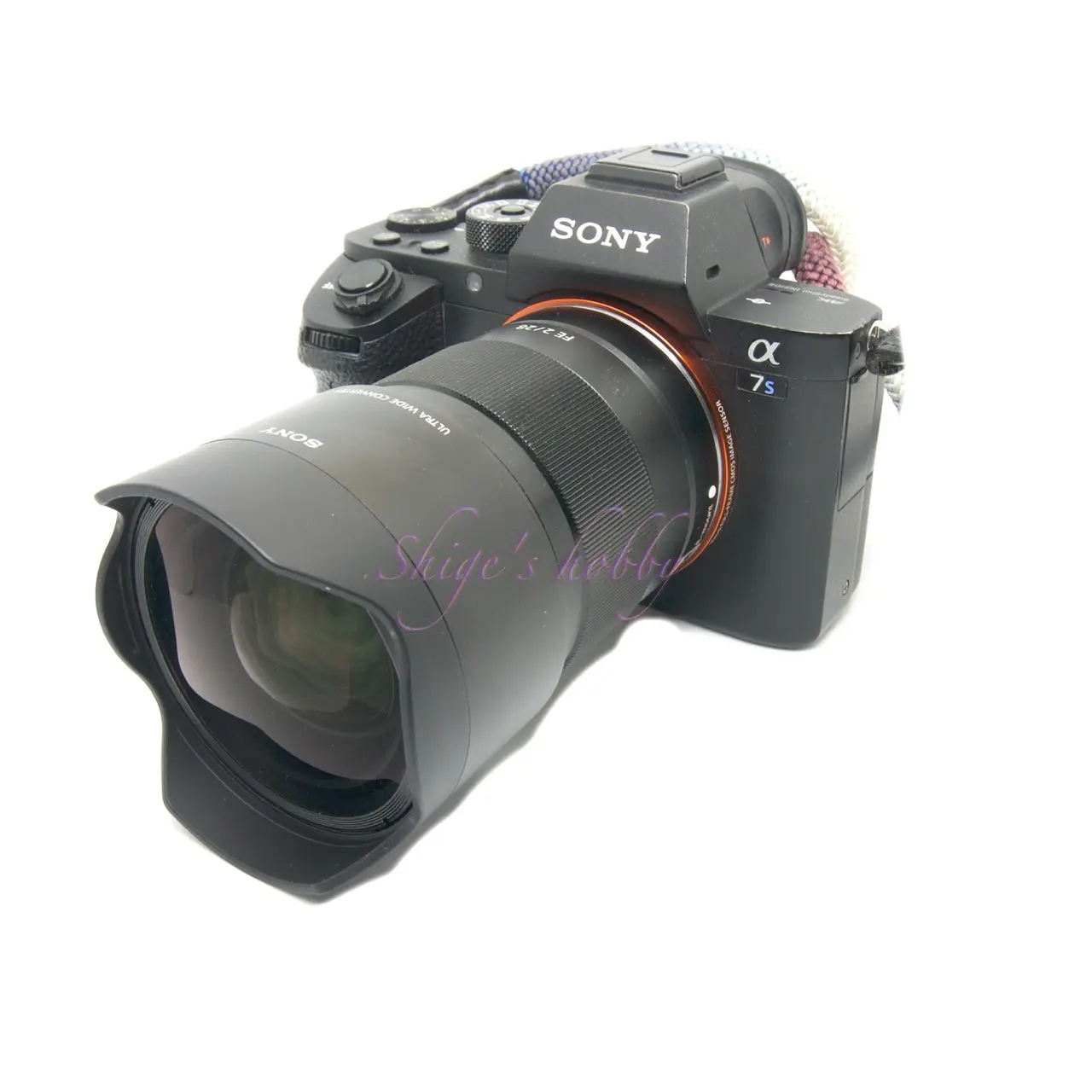
In the image below, the left is the raw uncorrected development, and the right is the JPG image.
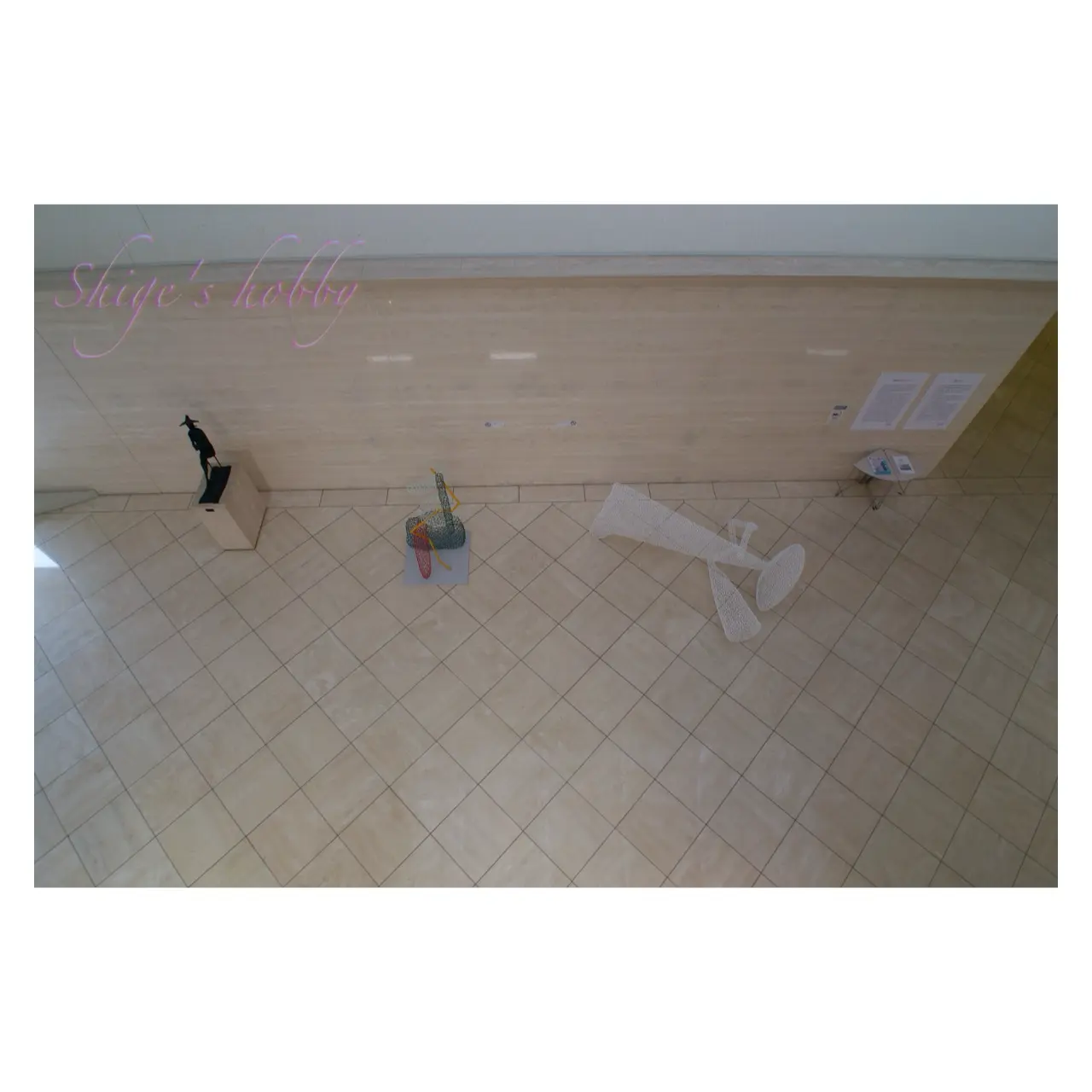
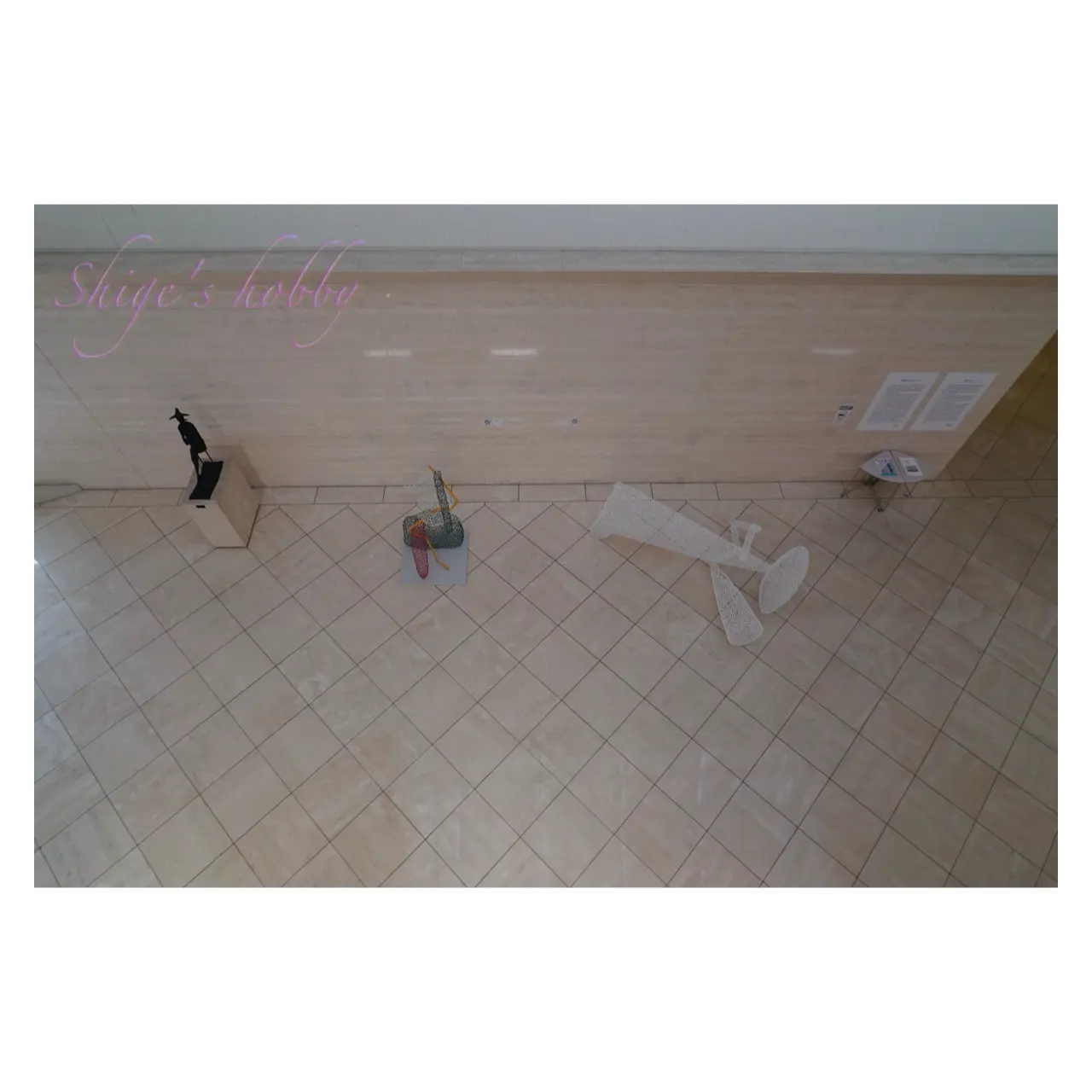
And since the 16mm focal length with a fisheye converter attached is a fisheye lens, distortion remains as it is, and there is no difference in image correction between the Raw and JPG shooting results.
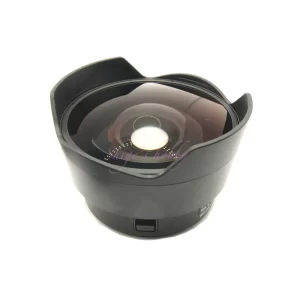
3.Summary
In conclusion, to sum up the SONY FE28mm F2, while it may seem convenient at first glance to be able to transform it into three different wide-angle lenses with the use of options, it’s surprisingly tedious to remove front-of-lens options such as lens caps, filters, and hoods when attaching a bayonet-style converter.
If the SONY FE28mm F2’s structure were improved to make the lens hood built-in and if they sold dedicated protective filters that didn’t interfere with the converter, it would be easier to use. When actually using it in the field, switching between them was a hassle so I didn’t actively use all three different types. I often used it without a converter, with the 21mm and 16mm lenses attached.
Specifications, considerations, etc.
Sony’s lens lineup includes a wide-angle zoom lens starting at 16mm, including the Vario-Tessar T FE 16-35mm F4 ZA, FE 16-35mm F2.8 GM, FE 16-35mm F2.8 GM II, FE PZ 16-35mm F4 G, and FE 16-25mm F2.8 G, making it a more comprehensive lineup than other camera manufacturers. In fact, it almost feels like there are too many.
The biggest advantage of zoom lenses compared to carrying multiple prime lenses is that they reduce the amount of equipment you need, but with such a wide lineup, choosing which lens to use can be quite a challenge.
For photographers who don’t use wide-angle lenses very often and use lenses slightly wider than 28mm as their base, the FE 28mm + optional converter is a recommended combination, with functional autofocus, almost no image quality issues, and good value.
As fisheye lenses are not commercially available for the E-mount, you will have to use A-mount lenses or lenses from other companies, but buying a new fisheye lens specifically for a lens that you don’t expect to use often doesn’t seem like a good idea, so getting by with the optional fisheye converter seems like a reasonable option.
However, with both converters, the lens becomes significantly larger and a heavy object is attached to the front of the lens, which will affect the weight balance when holding the camera. If you have the opportunity to test them, it would be best to actually take some photos and check that there are no problems with the weight balance. You also need to be prepared for some effort to attach and remove them.
| Items | FE 28mm F2 |
| Focal length(mm) | 28 |
| Max aperture | 2 |
| Min aperture | 22 |
| Leaf blade | 9 |
| Lens Construction | 9elements in 8groups |
| Min distance(m) | 0.25(MF) |
| Lens length(mm) | 64 |
| Lens Max diameter(mm) | 60 |
| Filter Size(mm) | 49 |
| Weight(g) | 200 |
| Model number | FE28F20 |
| Release date | 2015.04.17 |
| Price(Yen/No-tax) | 74,000- (65,000-) |
Affiliate Link
- Please see the disclaimer regarding advertising here.
- Italicized links in the text are advertisement links that take you to other sites.

Amazon Prime Sale
- SONY FE 28mm・Ads by ebay
- SONY FE 28mm +Converter・Ads by ebay
Reference links
Udate history
- 2025.8.6
- 2024.8.3
Leave a Reply